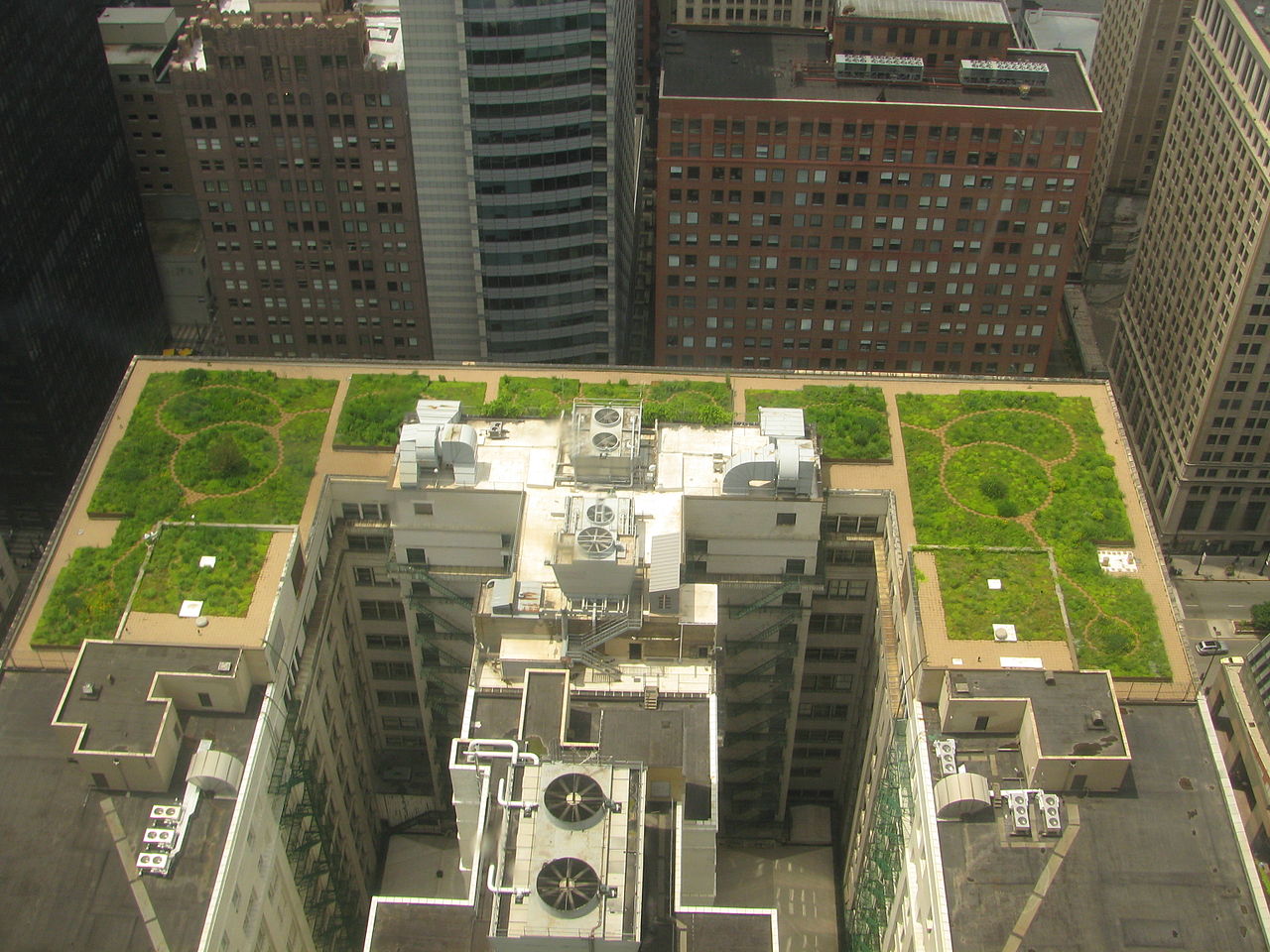Roofers urged to engage in climate change battle

The UK National Federation of Roofing Contractors is urging its members to get more up to speed with green technologies because, although they might not realise it, they are key to defending against the impact of climate change.
A report by the University of Southampton, commissioned by the NFRC (National Federation of Roofing Contractors) Charitable Trust, explains how the way the UK builds and maintains its roofs will be critical to how we adapt to a wetter and warmer climate.
Roofing technologies can: cool the temperature of a building as well as the surrounding environment; store and slow the rate of rainwater runoff before it even reaches the ground; and generate renewable energy on site through solar photovoltaic panels.
However, according to the NFRC, the UK roofing industry has skills gaps in the design and installation of new technologies. “The industry must therefore embed and invest in green skills throughout the existing and future roofing workforce,” the report says. “Green skills can be used to help promote new entrants to the sector.”
It continues: “The roofing industry must review current apprenticeship frameworks to ensure they integrate the green skills needed by the sector and that these are available nationwide.
“Roofing contractors should consider diversifying their business and upskilling their workforce to include green technologies. For example, roofers should take advantage of the uplift in Part L and off er Built-In Solar PV installation.
“Designers should consider the reflectivity of the materials they are specifying when designing building types that are at risk of overheating.”
The report finds several ways that roofing can contribute to the built environment’s resilience to climate change, including:
- Conventional (consolidated technologies). These are technologies that are consolidated in the market currently in both the residential and non-residential sectors, such as enhanced levels of insulation and improving airtightness.
- Cool (highly reflective coatings). A cool roof is one that is designed to reflect more sunlight and absorb less heat than a conventional roof, typically flat or low sloped. A reflective paint, sheet covering, tiles or shingles can be used to achieve this.
- Green (vegetated). These are ballasted roofs that cover a conventional roof (typically flat) with a waterproofing later, growing medium (soil) and vegetation (plants)
- Blue (vegetated with enhanced stormwater attenuation capacity). These are roofs that are designed to slow the drainage of rainwater collected above a roofs waterproof element, unlike conventional roof’s which allow rainwater to drain quickly away from the roof.
The report says: “When considering the two greatest risks posed to the UK from climate change, flooding and overheating, it is clear these technologies can help mitigate the effects. Roofs, particularly green and blue roofs, have the potential to address the impact of flooding both at the individual building level and the wider neighbourhood scale, through water attenuation. This should become a key issue for planning in cities where roofs must act as a rainfall run-off attenuator.
“These technologies can also be used to contribute to the reduction of overheating risk and cooling demand during heatwaves. The research found that well-insulated roofs that were air tight and had enhanced night ventilation and a medium/light coloured roof, can significantly reduce the risk of overheating, even over the long term.”
